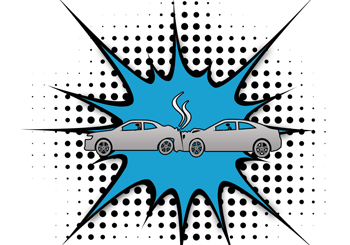If you’re in an auto accident, you may have many questions. Questions like: who will pay for my injuries? Or the damage to my car? The answer can depend on who is at fault and whether you or the other driver has insurance. It helps to know about the two major types of automobile insurance so that if you are in an accident, you are familiar with the next steps.
Liability Insurance
Liability insurance means that if the accident was your fault, your insurer will pay the other driver for property damage and injuries up to the policy limit. If the other driver is at fault and has insurance, the other driver’s liability insurance will pay for damage to your car and personal injuries up to the policy limits of the other driver’s policy.
What if your insurance company finds that both of you are partly responsible for the accident? You and the other driver may each be able to collect some, but not all, of the damages from the accident. An attorney can help evaluate your policy, investigate the accident, and make a case for why you should be entitled to damages.
Collision Insurance
The other type of insurance is collision insurance. This is a type of auto insurance that provides for damages to your car no matter who is at fault. It is important to note that collision insurance does not pay for medical expenses. You will be reimbursed once you have met the policy deductible, so be sure to know how much that is in case you are in an accident.
Other forms of insurance, such as your health insurance, will also be involved if you are injured and require medical treatment.
Uninsured Motorist Coverage
What happens if the other driver has no insurance? If the driver is found to be at fault and is uninsured, you will want to check whether you have uninsured motorist coverage. At this point, it is crucial to reach out to an experienced uninsured motorist attorney. If you have uninsured motorist coverage, your own policy may pay for your medical injuries that were caused by the other driver, up to certain limits.
Uninderinsured Motorist Coverage
If the other driver does have insurance and is at fault, but his or her auto insurance coverage is not enough to cover your injuries, you will want to check whether you have underinsured motorist coverage. As the name suggests, this type of coverage will ensure that your needs are met if the other driver’s policy is inadequate because her or she is “under” insured. Consulting with an experienced uniderinsured motorist attorney on these issues will provide clarity as to your options. An attorney can also suggest appropriate steps following a vehicle accident. Being familiar with your policy and making sure it is up to date is a great first step for your peace of mind.
For an in-depth explanation of underinsured and uninsured motorist coverage, click here.
To discuss your potential auto accident case with a knowledgeable attorney in Woodland Hills, contact Barry P. Goldberg today.








